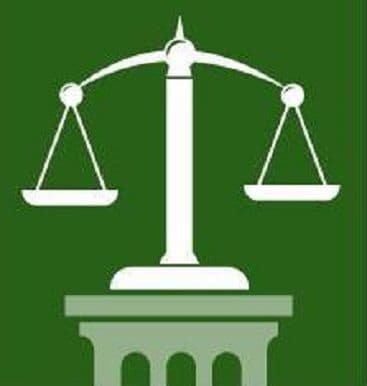Our law firm was not involved in the personal injury lawsuit described in this article.
The owner of a dog that bites someone who is “lawfully” on the property of the dog owner is strictly liable for damages caused by the bite. Someone is “lawfully” on the dog owner’s property when he or she is on “the property of the owner with the express or implied consent of the owner.” But such consent “shall not be presumed when the property of the owner is fenced or reasonably posted.” RCW 16.08.040, .050.Sligar and the Odells are nextdoor neighbors. Their respective residences have a six-foot-high chain link fence between them. At the time of this incident, the Odells owned two dogs, Chico, a chocolate Labrador retriever, and Molly, a golden retriever. Sligar owned three miniature schnauzers, one of which was named Pearl. The dogs could see each other through the chain link fence and often barked at each other.
On the date of her injury, Sligar tripped and fell while she was trying to move Pearl away from the fence. According to Sligar’s deposition testimony: “I was trying to catch Pearl, and I stumbled and lost my balance and fell onto the fence. My hand went on the fence, my finger went through the fence, and Chico bit it.”
Sligar sued the Odells for damages for the dog bite. Her complaint alleged strict liability under RCW 16.08.040 and common law negligence. Following discovery, the Odells moved for summary judgment. The trial court granted their motion and denied Sligar’s motion for reconsideration.
The issue is whether Sligar made a showing that there was any genuine issue of material fact regarding whether the Odells were strictly liable for her dog bite injuries under RCW 16.08.040.
That statute states:
The owner of any dog which shall bite any person while such person is in or on a public place or lawfully in or on a private place including the property of the owner of such dog, shall be liable for such damages as may be suffered by the person bitten, regardless of the former viciousness of such dog or the owner’s knowledge of such viciousness. Emphasis added.
RCW 16.08.050 defines when entrance on private property is lawful for purposes of the above statute:
A person is lawfully upon the private property of such owner within the meaning of RCW 16.08.040 when such person is upon the property of the owner with the express or implied consent of the owner: PROVIDED, That said consent shall not be presumed when the property of the owner is fenced or reasonably posted. Emphasis added.
The dispositive question was whether, pursuant to RCW 16.08.040 and .050, Sligar’s finger was “lawfully in or on . . . the property of the” Odells at the time of the dog bite.
The proviso of RCW 16.08.050 plainly states that the consent of the owner “shall not be presumed when the property of the owner is fenced or reasonably posted.” A six foot fence separated the Odells’ property from Sligar’s property.
The Court ruled that therefore the statute mandates that there shall not be any presumption—no legal inference—of the Odells’ consent to Sligar being on their property at the time of her injury and that under the circumstances there is no strict liability under the statute.[1]
[1] Sligar v. Odell, No. 64916-7-I (July 6, 2010)(published).
